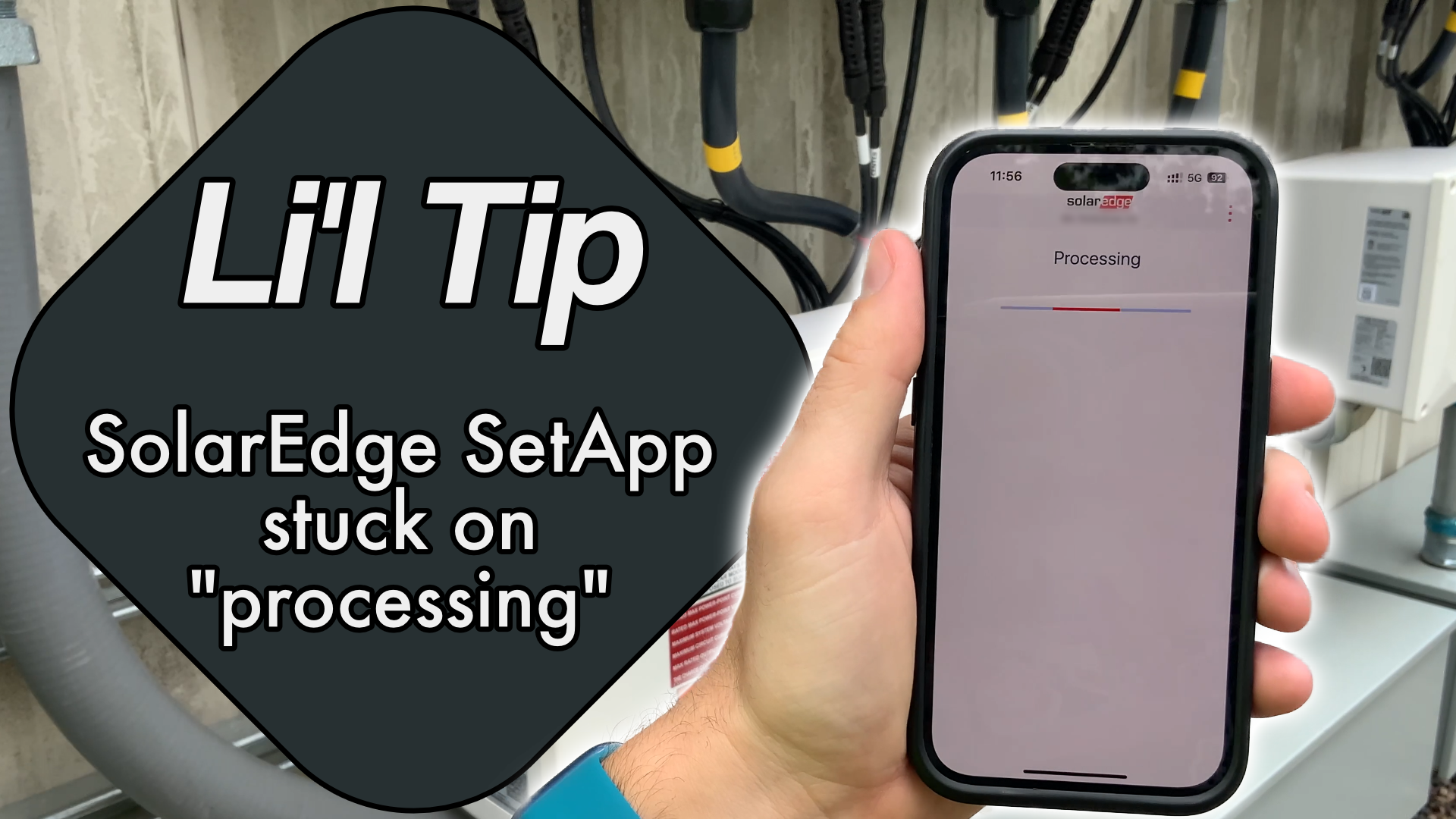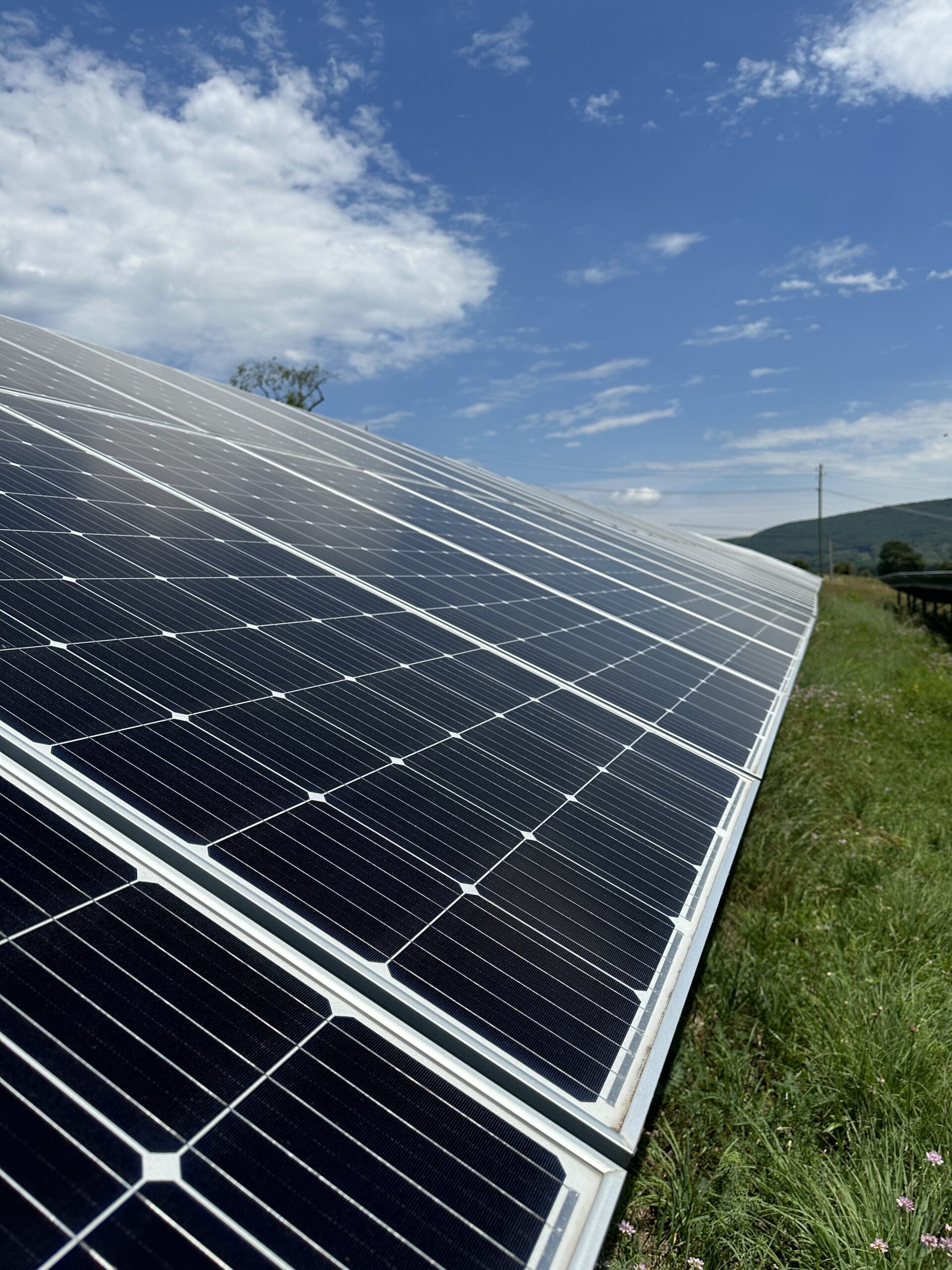Editor’s note 07/09/24 – An earlier version of this article asserted that any module could be used with the Pegasus railing. That was incorrect, and the offending intern has been sacked.
Amid Unirac publishing their new listings for NXT Umount and SolarMount, and rumor of EcoFasten getting their railings listed, Pegasus may have just completely blown the roof off the expectations for 3741 listings.
To date, the onus of testing has been placed on the racking manufacturer, who gathers all the ingredients, in dozens of permutations, to test components like modules, inverters, and MLPE. All those components are then specifically listed in the racking manufacturer’s “3741 installation addendum”, or some other document that modifies the installation manual for 3741 applications.
However, Pegasus contacted me this week to show me their listing: one with ZERO approved inverter vendors lists. No inverters, no MLPE. Excuse me, but what in the actual fuck.
I initially assumed that there was a document they forgot to send, so of course I asked for a list of approved vendors. They wrote back that no, there was no mistake. They simply don’t have a list of approved vendors, and that as long as the equipment used is listed under UL 1741 (or has some other specific UL 3741 COC), you may use that equipment with their railing.
ANY inverter. Not just an inverter that’s been tested by some other racking manufacturer, but ANY inverter. The implication is that literally everyone else could do this, too. We could find ourselves in a situation where picking an inverter and rail system that works with UL 3741 will no longer feel like untying a Gordian knot; instead, we’ll be slicing through it with a sword.
I have so many feelings about this— a mix of excitement, frustration, and dread. I’m excited that this indicates the industry could move to a much simpler way of listing these products, spending less of humanity’s time on confusion, lowering the barrier to entry, and allowing for more solar that is less complex. I’m frustrated that only now, 2 years after the first listing with SMA and Sollega, have we discovered that this is possible. And I’m dreading that the code body will see this, say “Oh, you’re not supposed to be able to do that”, and change the standard to lock out this option.
There’s probably good reasons why racking companies have defaulted to listing every piece of third party equipment, but it seems to be an overly large burden. It also ends up being far more complicated for the end user than it should be. Even if Pegasus’ strategy isn’t technically correct in some way, I hope we can compensate by adding the appropriate requirements into inverter listings, instead of overstuffing racking listings with redundancy.
Truly, the biggest obstacle to greater UL 3741 implementation is confusion about what equipment can be used (and also SolarEdge/Bill Brooks trying to undercut it and scare everyone with any chance they get). This is the entire reason I created UL3741.com, and dear reader, I truly hope this action by Pegasus will lead to the website’s demise. Simplifying the listing like Pegasus has done is the coolest thing ever. I just hope that we get to keep it.





